On a recent trip to Germany’s rustbelt along the Rhine and Ruhr rivers I carried in my bag a roll of SPUR UFG film that I wanted to try out shooting in a former steelworks just north of the city of Duisburg. This seemed like a good setting to put the film through its paces and to find out if it was capable of replacing my long lost love in B&W films: Kodak Technical Pan.
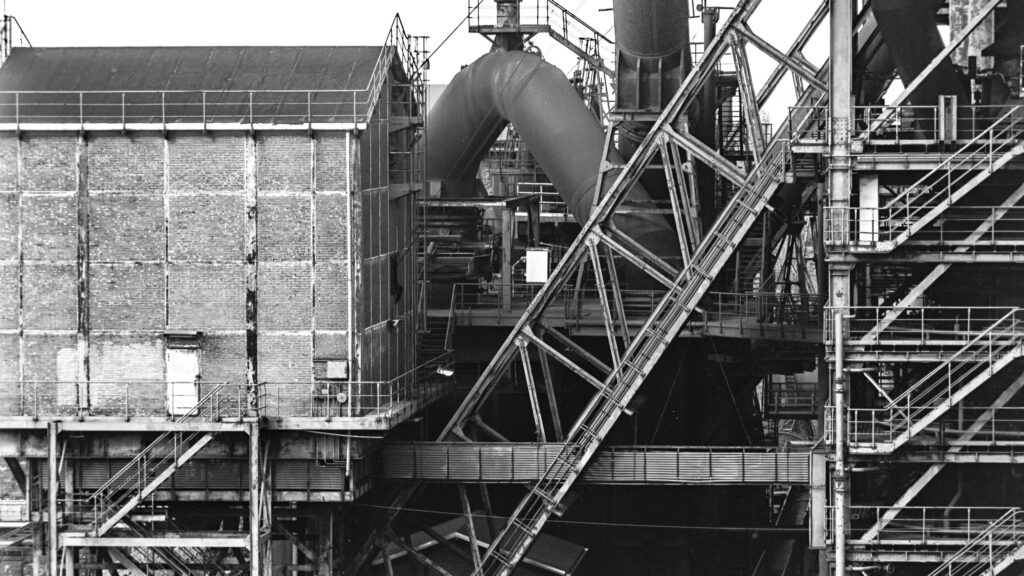
A few words about background
Ever since KODAK discontinued its Technical Pan film nearly a quarter of a century ago photographers who require a film with very high resolution, finest grain and an excellent rendition of grey tones have been at a bit of a loss. Meanwhile two films have hit the shelves with a promise to fill this gap. One of them is ADOX CMS 20 II Pro, which has been around for quite some time now. In July 2023 a new kid showed up on the block: SPUR UFG film. And yes, you guessed it: UFG stands for ultra fine grain.
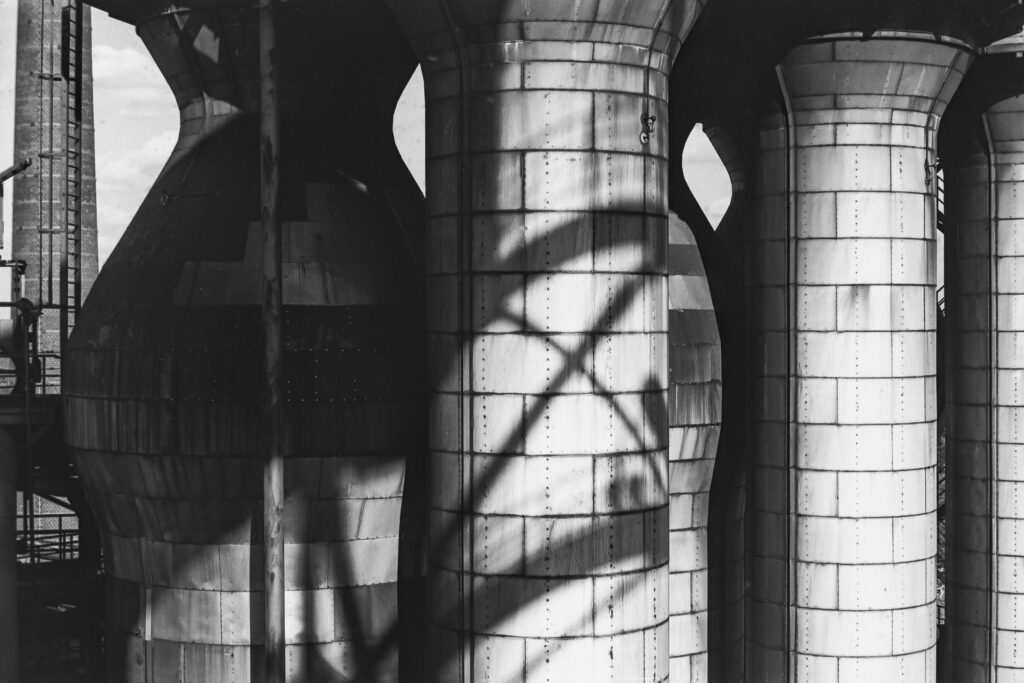
Enter SPUR UFG
SPUR UFG is not really a new film. It is a new system. SPUR chief engineer Heribert Schain and his team have taken AGFA Aviphot 80 film and created a bespoke developer for it, which they call SPUR UFG-1. Film and developer are marketed as a bundle. The film is currently available in 35mm and 120 medium format.
Technically, Kodak Tech Pan, ADOX CMS and AGFA Aviphot all have one thing in common: their genes are in scientific and documentary photography (reproduction, micro, aviation, photogrammetry etc.) and not in pictorial photography. Their extremely fine grain and corresponding high resolution come at the price of a very steep exposure/density curve. This means: deep blacks, bright whites and not much in the middle by way of fine mid-tones. This is where special developers kick in: they have to do the job of smoothing the curve and allowing for long stretches of subtle mid-tones. Technical Pan came with Technidol (and Tetenal Neofin Doku) developer, and ADOX CMS comes with Adotech IV developer. Both films offer excellent results in pictorial photography.
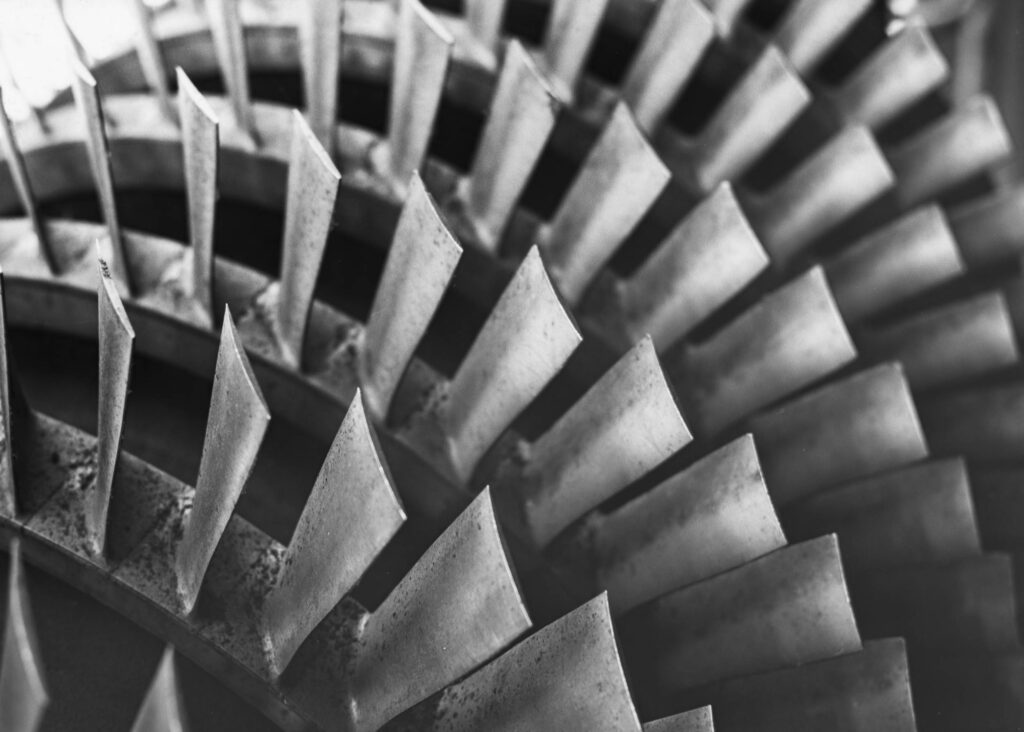
SPUR UFG’s unique selling point
So what sets the new SPUR UFG package apart from the rest? The big advantage from my point if view is that the ISO speed of the SPUR UFG package is given at between ISO 50 and ISO 200, with an ideal speed of ISO 100. Compared to the recommended speed of ADOX CMS, which clocks in at ISO 12 in bright conditions, the SPUR product seemed like a real game changer to me, as it opened up the world of free hand photography. No more lugging around a tripod to cope with those very low ISOs I had been using in the past.
But according to Heribert, the answer to what makes SPUR so different from its competitors lies in the vast improvements in acutance the film promises, thereby increasing the perception of sharpness of the image. This results from the interplay between the chemistry of the developer and the specific agitation of the film during development: a carefully tested out sequence of phases of agitation and phases of stand development.
And this is where the story could have ended for me. As a recent convert to continuous agitation/rotation during development I was wondering if this film/developer combination was really for me. I got in touch with Heribert, who told me that they hadn’t done any experimentation with rotation development. So I jumped in at the deep end and simply bought a film/developer kit and tried it out for myself.
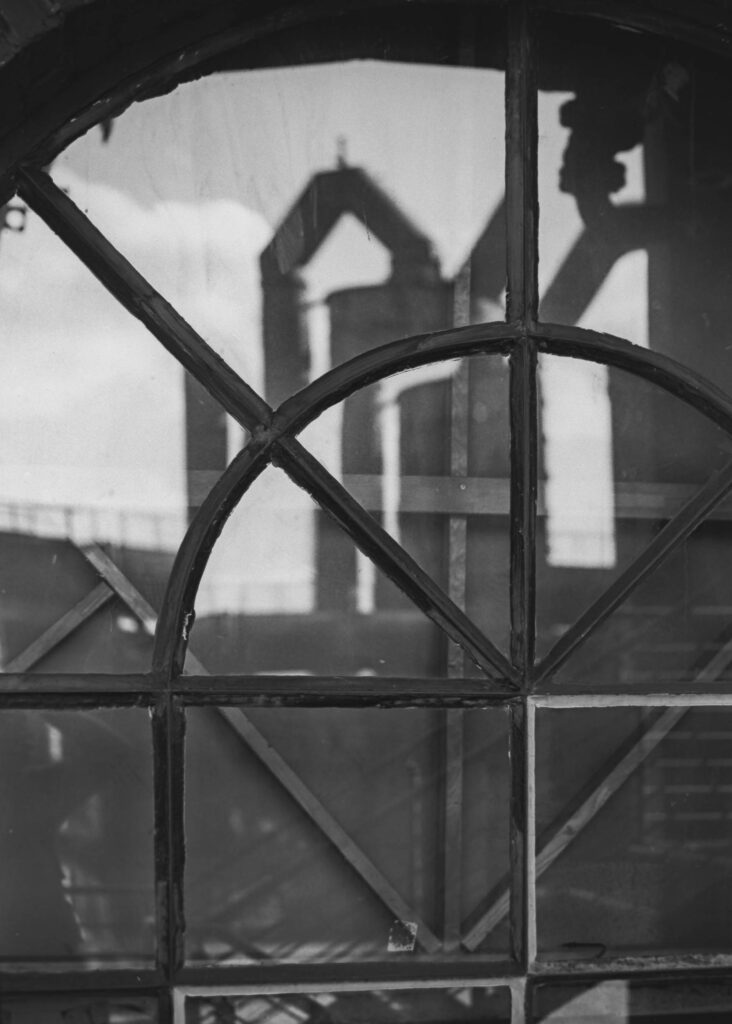
SPUR UFG in the field
For this shoot I left my tripod in the car. The weather featured bright sunshine with an occasional cloud drifting by – definitely not my favourite shooting conditions because of the stark contrasts. Add to that the deep shadows of the buildings where no daylight hit the scene – and you have quite a challenge the film would have to deal with.
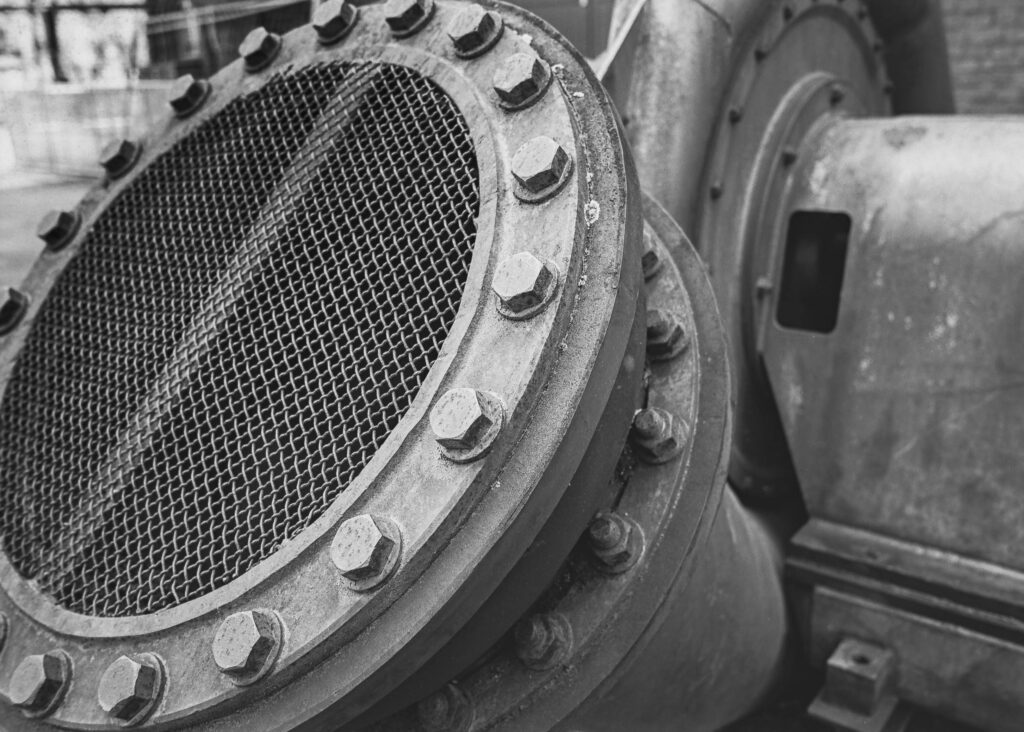
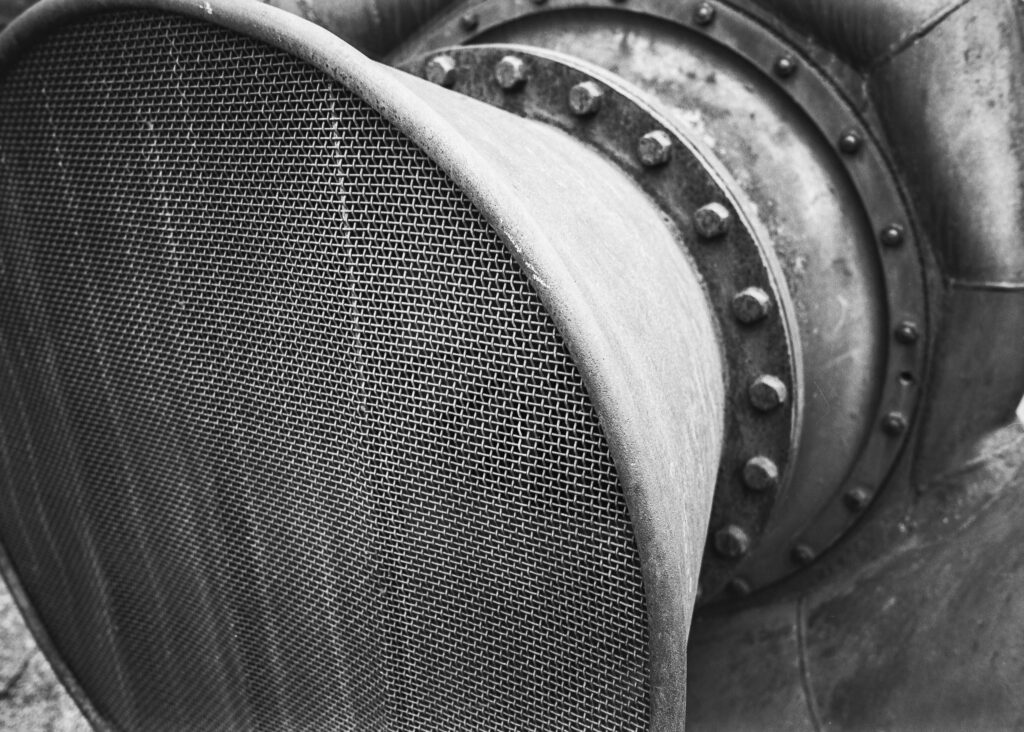
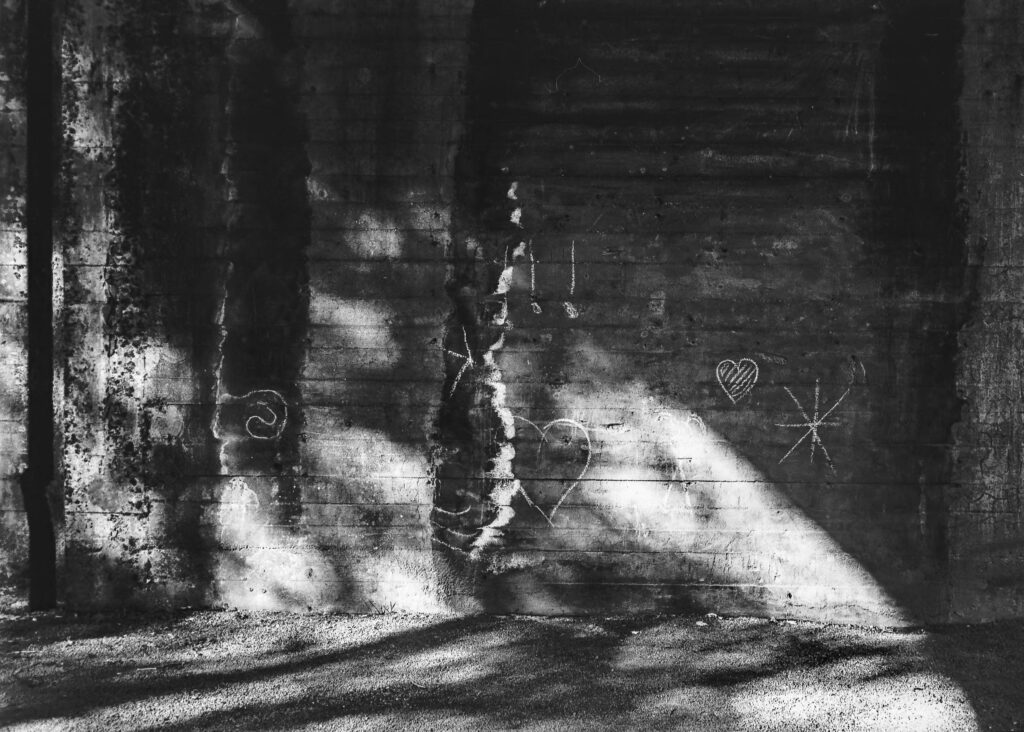
The results, all in all, were very encouraging indeed, at least to me as a hybrid analog-digital photographer. I found that when using the recommended developing temperature and time in conjunction with rotation development, I was getting superb results. The negatives looked a bit contrasty in comparison to those of regular fine grain film like Delta 100 and others. But after scanning the negatives I found that there was hardly any need to increase contrast in post-production. And any possible lack of acutance could simply be compensated by careful masking and sharpening of the images in my image editing software.
Several rolls of film later I can sum up my findings as follows: SPUR UFG performs best when used under diffused light – grey and slightly overcast skies in landscape and architecture, or settings with carefully controlled light as in studio settings. This is where tonality, fine grain and sharpness really excel and where no graininess gets in the way of, for example smooth cloud formations or the subtle bokeh of a wide-open lens. In bright sunlight with high contrasts the results are also surprisingly good. Images display acceptable detail in the low and high tones, but in these areas Delta 100, Across and others tend to be a notch better. I haven’t tried out how the use of B&W filters pans out. Here more research on my part is required. Exposure should be spot on – SPUR UFG doesn’t take overexposure all that well. In practice I point the centre-weighted exposure meter of my M6 at an area in the upper mid-tone range, some place that I would estimate Zone VI in the zone system to lie and simply shoot away. Shooting with SPUR UFG doesn’t call for fiddling around with a spotmeter and calculating zone values.
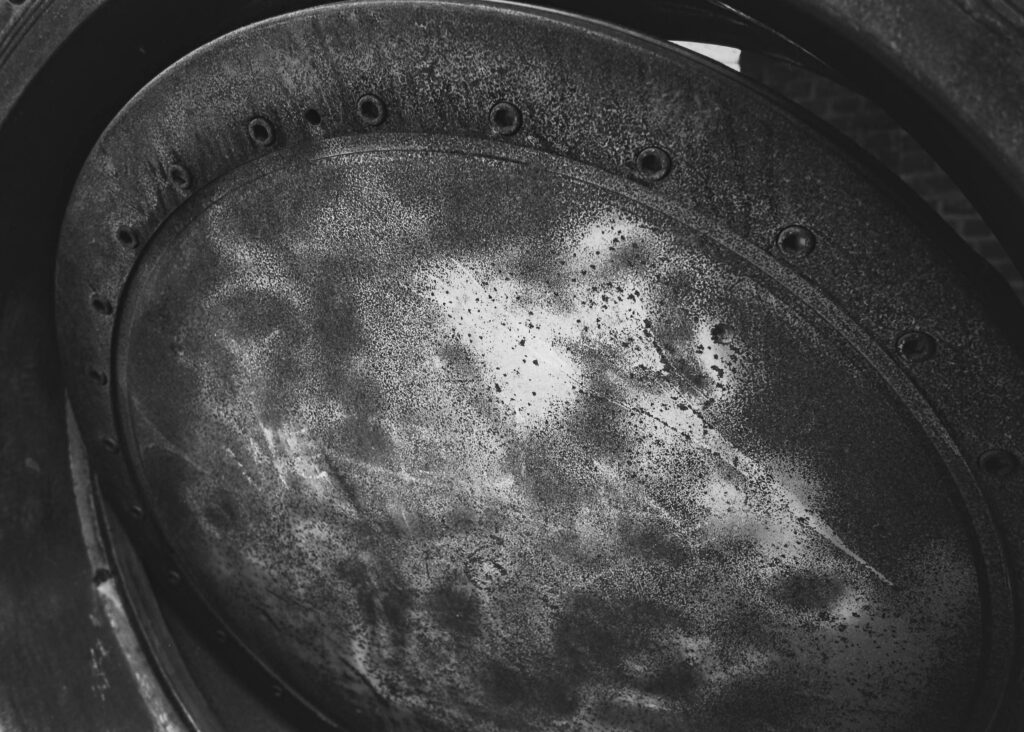
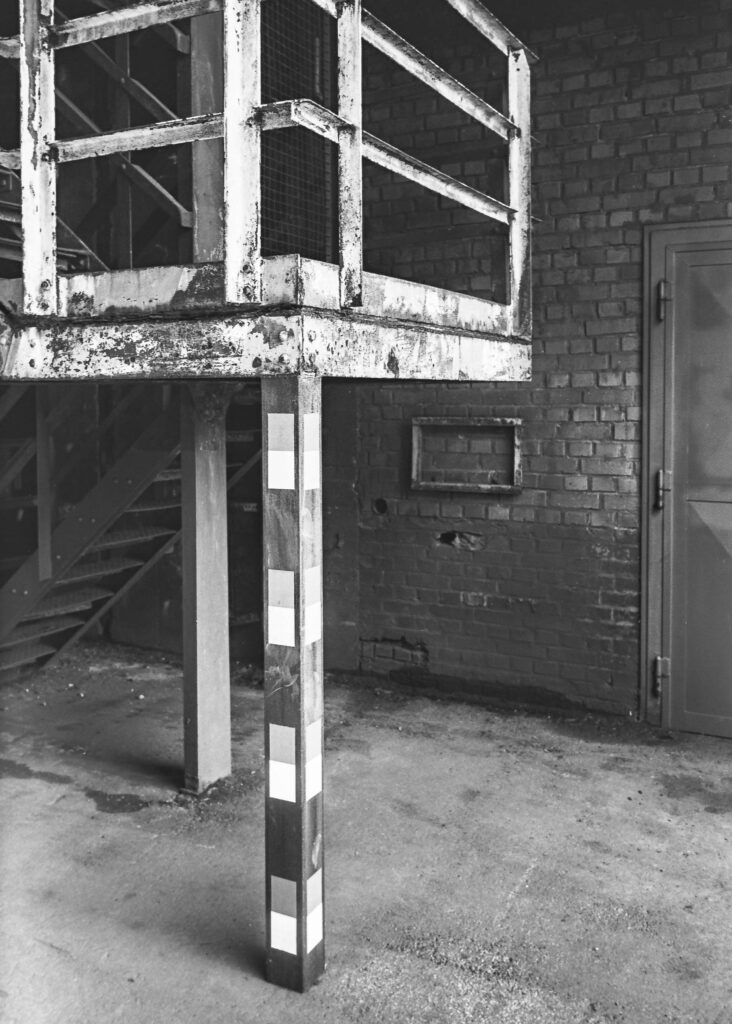
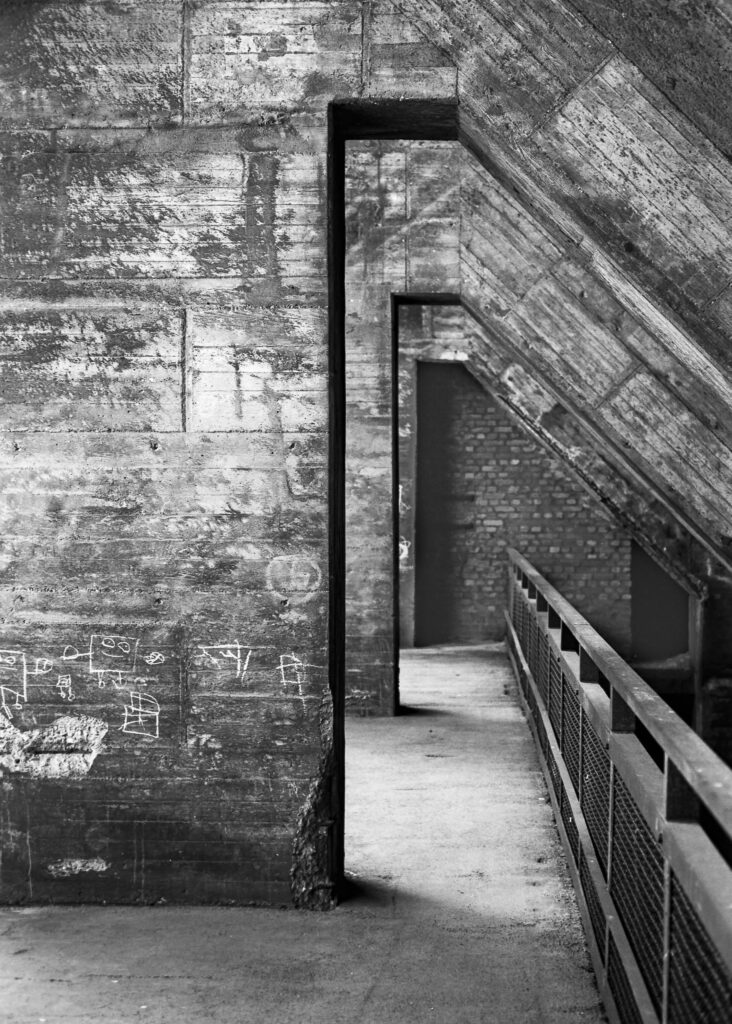
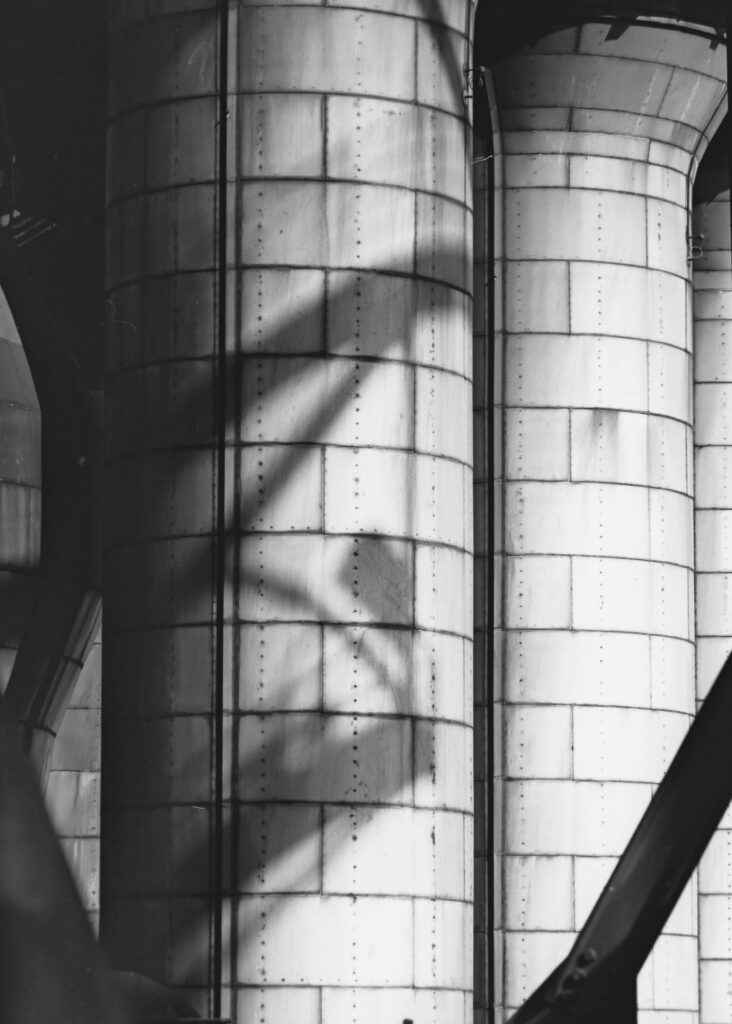
The bottom line
The results are usually all I can ask for, which makes SPUR UFG a very useable 35mm film for me. Horses for courses: in a suitable context SPUR UFG will become my go-to film in future. The film is readily available at https://spur-photo.com/category/english/ and I was pleased with Heriberts personal responses to my initial enquiries.
Share this post:
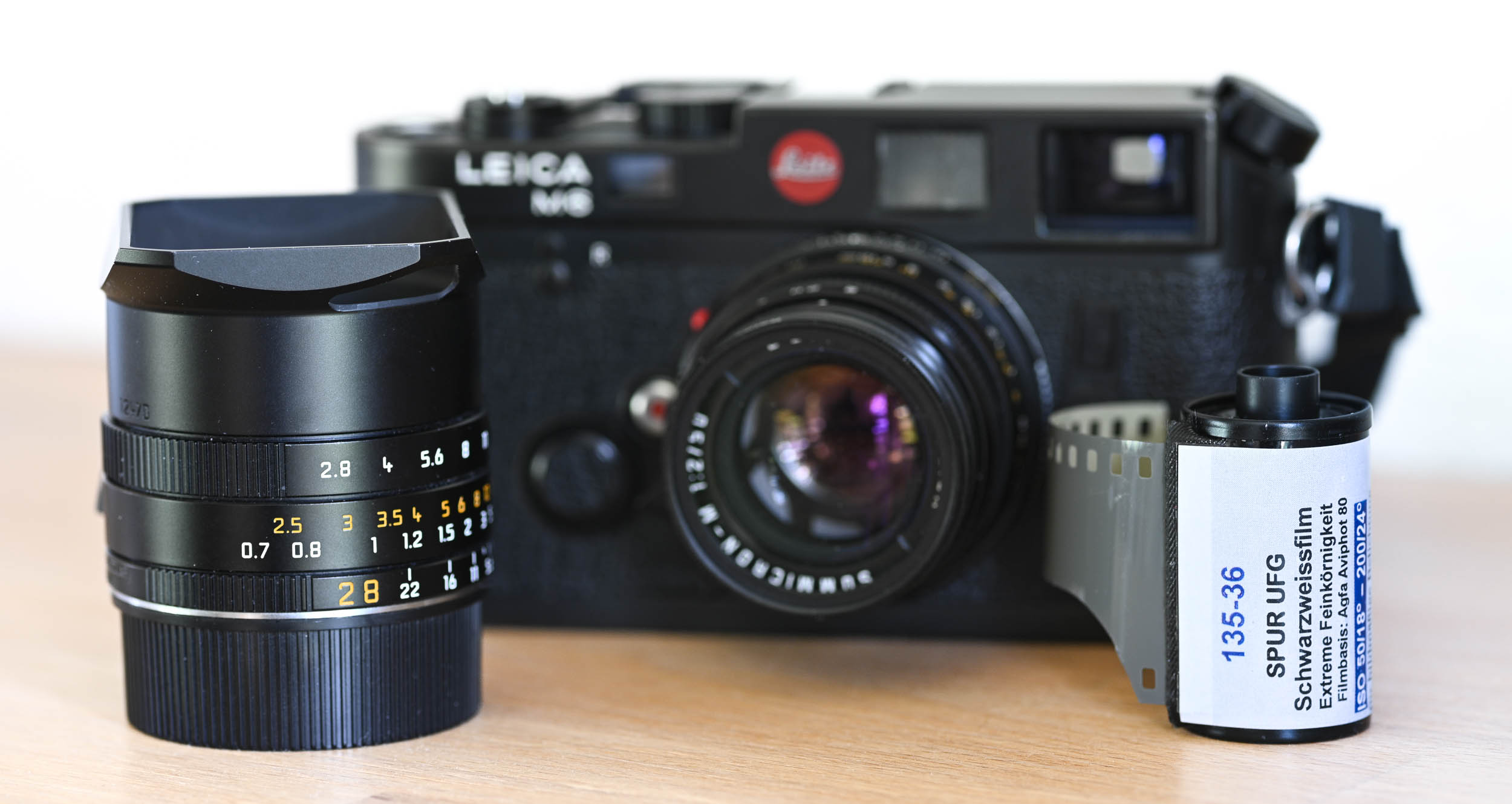
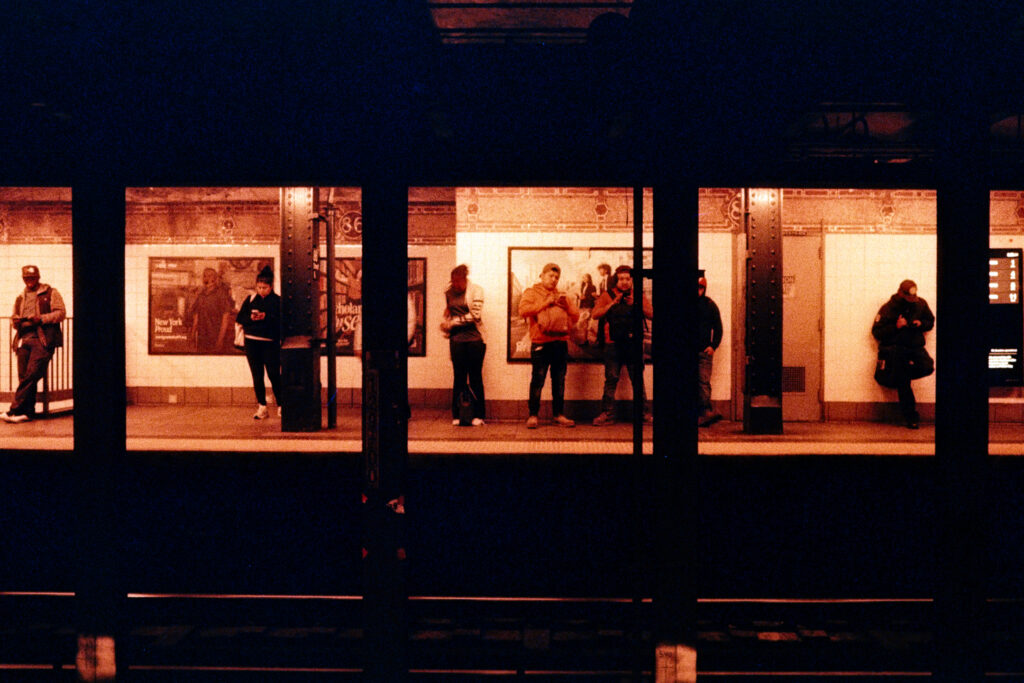
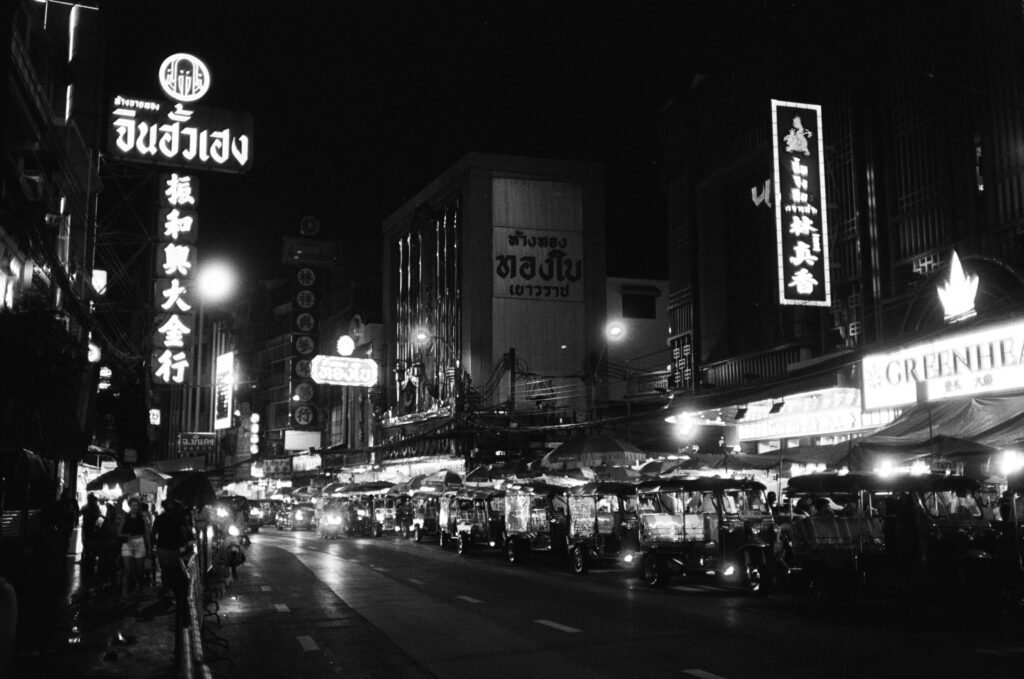
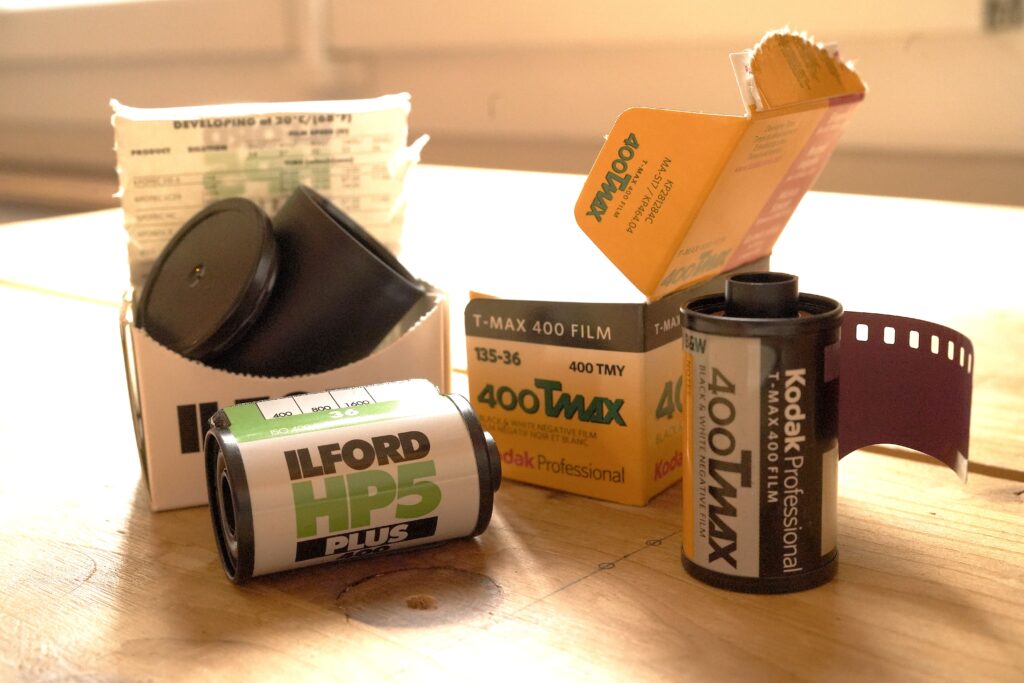
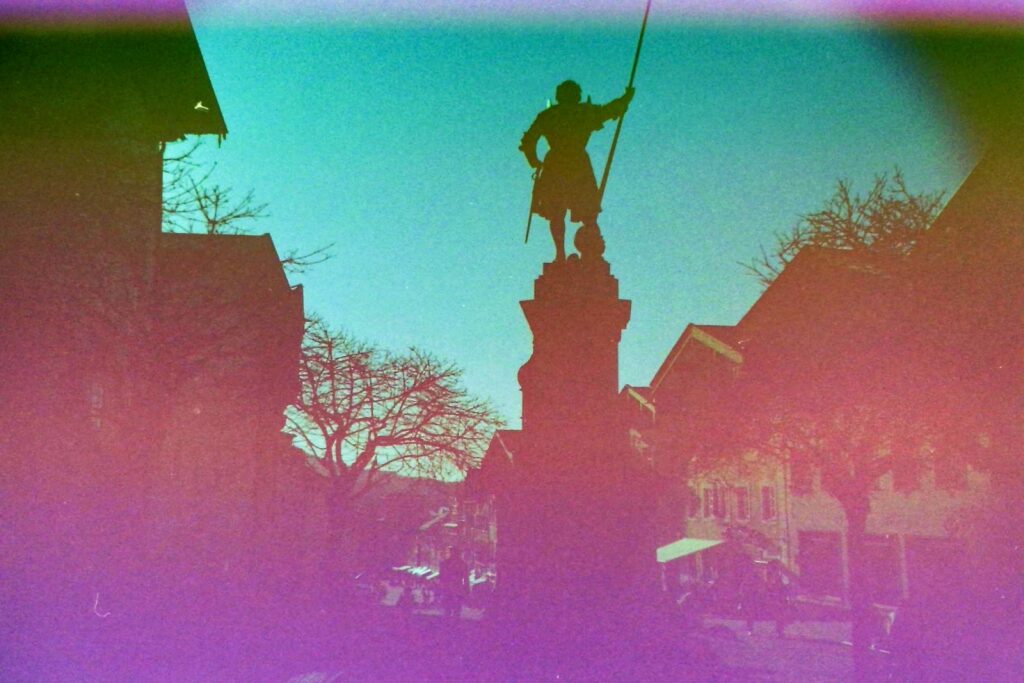




Comments
Geoff Chaplin on SPUR UFG – The Quest for Finest Grain – An Aviation Film used for very Down-to-Earth Photography
Comment posted: 30/05/2024
At over 280lppm it looks like wet process printing with a top quality enlarger lens is the only way to get maximum detail from the film. I remember developing lith film for continuous tones - D163 worked rather well. I feel an experiment coming on!
Comment posted: 30/05/2024
Thomas Wolstenholme on SPUR UFG – The Quest for Finest Grain – An Aviation Film used for very Down-to-Earth Photography
Comment posted: 30/05/2024
Comment posted: 30/05/2024
Comment posted: 30/05/2024
Comment posted: 30/05/2024
Jeffery Luhn on SPUR UFG – The Quest for Finest Grain – An Aviation Film used for very Down-to-Earth Photography
Comment posted: 30/05/2024
I would love to see the grain detail at 8x.
I teach photography at a couple colleges and I can order anything that is available from my local suppliers, but SPUR UFG is not on the list. Do you have any recomendations for a fine grain film combo from Ilford or Kodak. Panatomic X was a favorite of mine, but Pan X is not available...and it was ASA 32 with poor results from pushing. GREAT ARTICLE!!
Comment posted: 30/05/2024
Gary Smith on SPUR UFG – The Quest for Finest Grain – An Aviation Film used for very Down-to-Earth Photography
Comment posted: 30/05/2024
Graham Line on SPUR UFG – The Quest for Finest Grain – An Aviation Film used for very Down-to-Earth Photography
Comment posted: 30/05/2024
Comment posted: 30/05/2024
Tony Warren on SPUR UFG – The Quest for Finest Grain – An Aviation Film used for very Down-to-Earth Photography
Comment posted: 31/05/2024
Simon Foale on SPUR UFG – The Quest for Finest Grain – An Aviation Film used for very Down-to-Earth Photography
Comment posted: 31/05/2024
Comment posted: 31/05/2024
Paul Storer on SPUR UFG – The Quest for Finest Grain – An Aviation Film used for very Down-to-Earth Photography
Comment posted: 10/06/2024
I was much intrigued with the Gallery shot and the shallow depth of field putting the far wall out of focus. Was that deliberate?
I’ve not used the 28mm but I regularly use the 27mm on the Leica Q and the 21mm Zeiss Biogon and find that unless I’m doing a portrait shot It is difficult to not get it all in focus.
But then again it does give fantastic separation and the detail on the near wall is super.
I like shooting/photographing people and putting a person framed by the arch really appeals to my neurodivergent side.
A question - whilst the film is designed for really detailed work requiring maximum IQ how is it with portraits? Does the remarkable IQ highlight blemishes on natural skin?
I will have to try this out - for my film work I am using a Leica M3 ( 1958 ) and a 50mm collapsible (1954 )
Comment posted: 10/06/2024